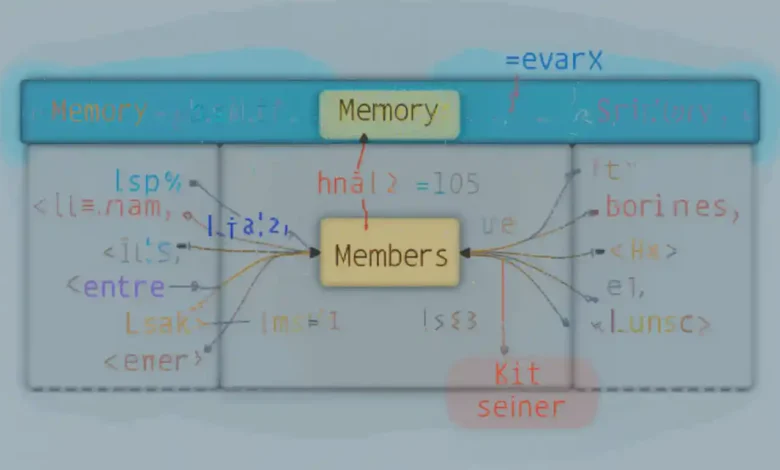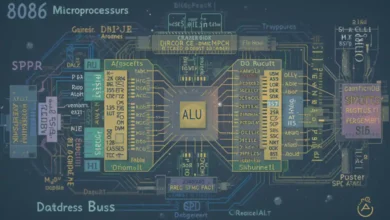Exploring the Power of Union in C Programming: A Comprehensive Guide

Introduction:
In the realm of C programming, mastering various data structures and techniques is essential for developing efficient and robust applications. One such powerful tool at a programmer’s disposal is the union. In this comprehensive guide, we’ll delve deep into the concept of union in C programming, exploring its syntax, applications, advantages, and limitations.
Unions:
Unions, akin to structures, allow developers to store different data types under a single name. Unlike structures, however, unions allocate memory sufficient to hold the largest member. This memory is shared among all members of the union, enabling efficient storage and retrieval of data.
Syntax and Declaration:
Declaring a union in C follows a simple syntax. It begins with the union keyword, followed by the union name and a list of member variables enclosed in curly braces. Each member variable can have its own data type, allowing for versatile data representation within the union.
Working with Union Members:
Accessing members of a union involves using the dot (.) operator, similar to structures. However, due to the shared memory allocation, modifying one member can affect the values of others. Careful handling is necessary to avoid unintended consequences.
Applications of Unions:
Unions find diverse applications in C programming, particularly in scenarios where memory optimization and versatile data representation are crucial. Common applications include implementing variant data types, parsing binary data, and interfacing with hardware registers.
Advantages of Using Unions:
Utilizing unions offers several advantages, including reduced memory footprint, enhanced performance, and simplified code maintenance. By consolidating disparate data types into a single entity, unions streamline data management and improve program efficiency.
Limitations and Considerations:
Despite their versatility, unions come with certain limitations. The most notable concern is the lack of type safety, as unions allow storing and accessing data of different types through the same memory space. Developers must exercise caution to prevent type-related errors and ensure program stability.
Best Practices for Union Usage:
To harness the full potential of unions while minimizing risks, adhering to best practices is essential. This includes documenting union usage thoroughly, avoiding type punning, and conducting rigorous testing to identify and rectify potential issues.
Case Study: Binary Data Parsing with Unions:
To illustrate the practical application of unions, let’s consider a scenario where we need to parse binary data received from an external device. By defining a union with member variables representing different data types, we can efficiently interpret the binary data and extract relevant information.
Conclusion:
Union in C programming serves as a versatile tool for managing data efficiently, offering a flexible mechanism for storing and accessing diverse data types. By understanding its syntax, applications, and best practices, developers can leverage unions to optimize memory usage, enhance performance, and tackle complex programming challenges with confidence.
FAQs:
- What is the difference between a union and a structure in C?
- While both unions and structures allow grouping multiple variables together, unions allocate memory only for the largest member, whereas structures allocate memory for each member separately.
- Can unions be nested within other data structures?
- Yes, unions can be nested within structures or other unions, allowing for hierarchical data organization.
- Are unions type-safe in C programming?
- No, unions do not enforce type safety, as they allow storing and accessing data of different types through the same memory space.
- How do unions contribute to memory optimization in C?
- By allocating memory sufficient to hold the largest member, unions help conserve memory compared to structures when dealing with disparate data types.
- Can unions be used interchangeably with structures in all scenarios?
- No, unions are suited for scenarios where only one member needs to be active at any given time, whereas structures are preferable for situations requiring simultaneous access to multiple members




